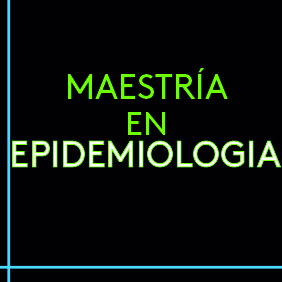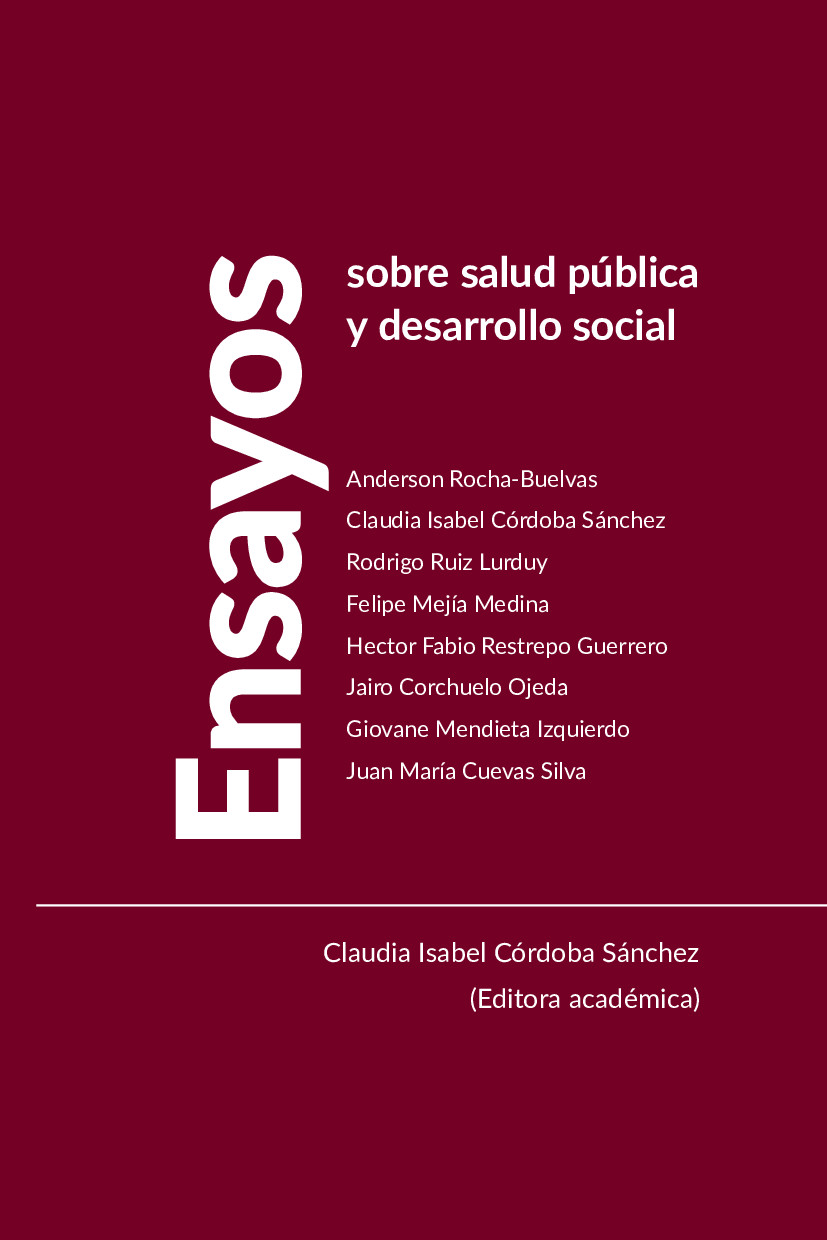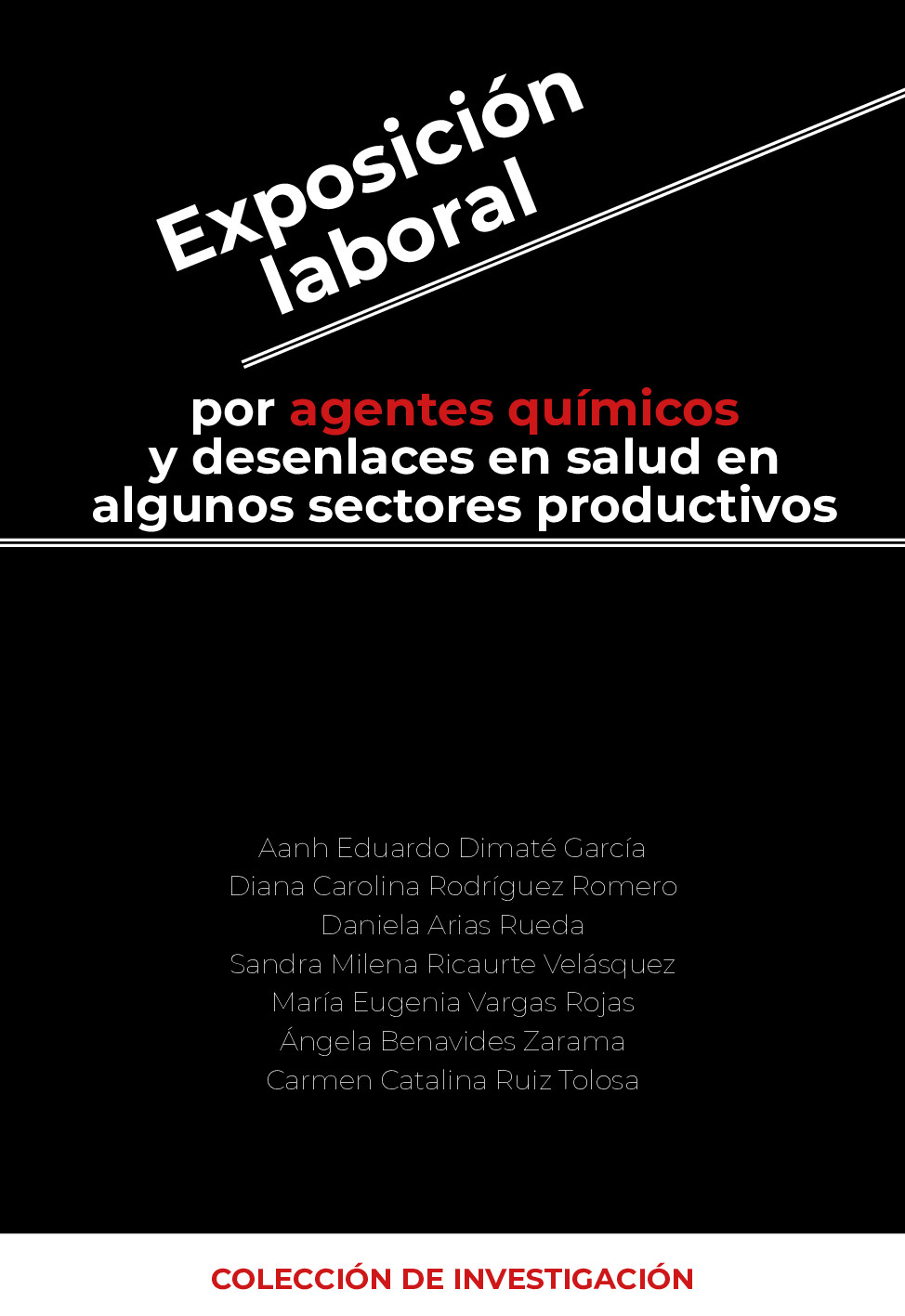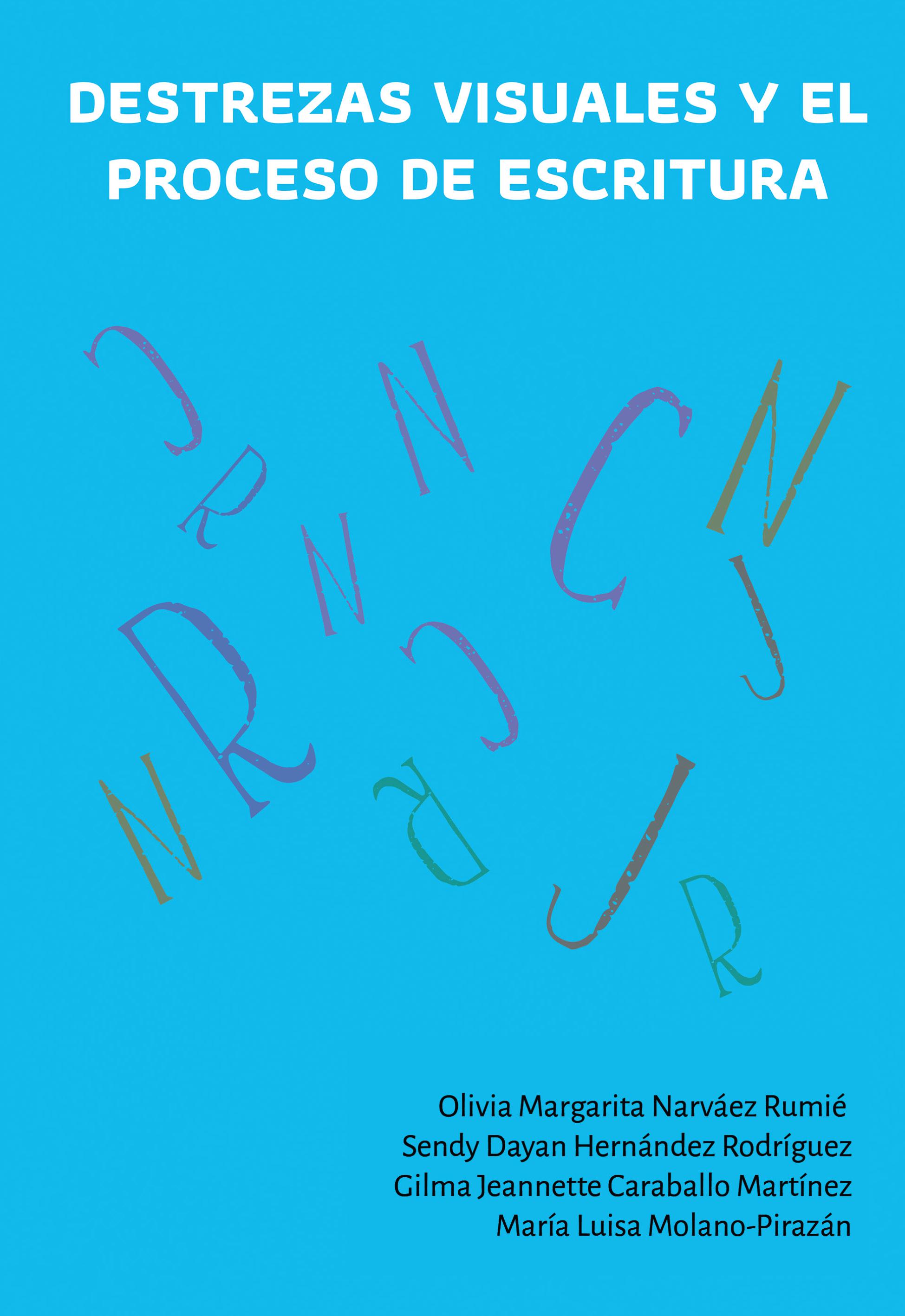Abstract
This study was performed in a high school on a metropolitan area of Guadalajara Jalisco, Mexico. Objective: To analyze the structural patterns of the families of adolescent smokers in a public high school of Universidad de Guadalajara.
Method: A qualitative study with 28 adolescent smokers. Family relationships, rules, boundaries, hierarchy, and movements and reactions of parents and its relation to smoking were evaluated by semi structured interviews. A narrative analysis of the transcribed interviews was conducted.
Results: The relationship between parents and teenagers were characterized by poor emotional connection, the existence of alliances and coalitions to keep secret smoking. The existence of family rule prohibiting smoking, and the coexistence of little clarity about the consequences for their violation, the presence of a father/mother/ brother smoking tobacco accomplice to keep secret and inefficient movements and reactions of parents against their smoking teens.
Conclusions: The patterns familiar adolescent smokers included structural dysfunctions in vital areas of operation: low connection family relationships, alliances and coalitions to keep secret smoking, smoking and porous borders with ineffective monitoring movements to smoking. This configuration provides a high permittivity for installation of addiction.
Licence
Authors should declare no conflicts of interest either for reasons of financing the project which is the result of the article; as well as intellectuals, academics, moral and investigative reasons.
The Journal of Andean Research is home to the ethical rules for publications issued by the COPE: http://publicationethics.org/resources/code-conduct
References
2 Reynales-Shugematsu L, Shamah T, Méndez I, Rojas-Martínez R, Lazcano-Ponce E. Encuesta Global de Tabaquismo en Adultos 2009. Primera ed. México, D.F: Organización Panamericana de la Salud, Instituto Nacional de Salud Pública 2010.
3 Pons D, Queralt A, Mars L, García-Merita M, Balaguer I. Estudio cualitativo de las conductas de salud en la primera adolescencia. Rev. Lat Am Psicol. 2010;42(2):237-50.
4 Gilman S, Rende R, Boergers J, Abrams D, Buka S, Clark M, et al. Parental Smoking and Adolescent Smoking Initiation: An Intergenerational Perspective on Tobacco Control. Pediatrics. 2009 Feb;123(2):E274-E81. http://dx.doi.org/10.1542/peds.2008-2251
5 Wakschlag L, Metzger A, Darfler A, Ho J, Mermelstein R, Rathouz P. The Family Talk About Smoking (FTAS) Paradigm: New Directions for Assessing Parent-Teen Communications About Smoking. Nicotine Tob Res. 2011 Feb;13(2):103-12. http://dx.doi.org/10.1093/ntr/ntq217
6 Barrenchea-Aburto M, Gonzáles E, Quintana-López J, González-Bilbao A, Cortés F, Capelastegui S. A Prevalencia del consumo de tabaco en adolescentes. An Pediatr. 2007;66(4):357-66. http://dx.doi.org/10.1157/13101240
7 Musitu G, Jiménez T, Murgui S. Funcionamiento familiar, autoestima y consumo de sustancias en adolescentes: un modelo de mediación. Salud Pública México. 2007;49(1):3-10. http://dx.doi.org/10.1590/S0036-36342007000100002
8 Fisher L, Winickoff J, Camargo C, Colditz G, Frazier A. Household smoking adolescent smoking. Am J Health Promot. 2007 Sep-Oct;22(1):15-21. http://dx.doi.org/10.4278/0890-1171-22.1.15
9 Tilson E, McBride C, Lipkus I, Catalano R. Testing the interaction between parent-child relationship factors and parent smoking to predict youth smoking. J. Adolesc. Health. 2004 Sep;35(3):182-9. http://dx.doi.org/10.1016/S1054-139X(03)00532-9
10 Cohen D, Richardson J, Labree L. Parenting behaviors and the onset of smoking and alcohol-use-a longitudinal- study. Pediatrics. 1994 Sep;94(3):368-75.
11 Clark P, Scarisbrick-Hauser A, Gautam S, Wirk S. Anti-tobacco socialization in homes of African-American and white parents, and smoking and nonsmoking parents. J. Adolesc. Health. 1999 May;24(5):329-39. http://dx.doi.org/10.1016/S1054-139X(98)00117-7
12 Abreu M, De-Souza C, Caiaffa W. Smoking among adolescents and young adults in Belo Horizonte, Minas Gerais State, Brazil: the influence of family setting and social group. CSP. 2011 May;27(5):935-43. http://dx.doi.org/10.1590/S0102-311X2011000500011
13 Loureiro M, Sanz-de-Galdeano A, Vuri D. Smoking Habits: Like Father, Like Son, Like Mother, Like Daughter? Oxford B Econ Stat. 2010 Dec;72(6):717-43. http://dx.doi.org/10.1111/j.1468-0084.2010.00603.x
14 Jiménez M. Lectura sistémica sobre familia y el patrón de la violencia: Universidad de Caldas 2007.
15 Nuno-Gutierrez B, Alvarez-Nemegyei J, Madrigal-de-Leon E. Effect of an antitobacco intervention in high school students from Guadalajara México. Salud Ment. 2008:31(3):181-188.
16 Chávez J, Villatoro J, Robles L, Bustos M, Moreno M, Oliva N, Fregoso D, Gómez G, Medina-Mora M, Paredes A. Encuesta escolar sobre adicciones en el Estado de Jalisco 2012. Primera ed. México D.F.: Consejo Estatal Contra las Adicciones Jalisco, Instituto Nacional de Psiquiatría Ramón de la Fuente Mu-iz; 2013.
17 Reglamento de la ley general de salud en materia de investigación para la salud: Camara de Diputados del H. Congreso de la Unión Resource page Diario Oficial de la Federación; 1984. (Actualizado 2012 Ene 27; consultado en Dic 2013) Disponible en www.camaradediutados.gob.mx/LeyesBiblio/Reg_LGS
18 García-Roche R, Varona-Pérez P, Hernández-Sánchez M, Chang M., Boner G, García R. Influencia familiar en el tabaquismo de los adolescentes. Rev Cubana Hig Epidemiol. 2008;46(3):0-.
18 Schultz A, Nowatzki J, Dunn D, Griffith E. Effects of socialization in the household on youth susceptibility to smoking: a secondary analysis of the 2004/05 Canadian Youth Smoking Survey. Chronic Dis Can. 2010;30(3):71-7.
19 McCool J, Cameron L, Robinson E. Do Parents Have Any Influence Over How Young People Appraise Tobacco Images in the Media? J. Adolesc. Health. 2011 Feb;48(2):170- http://dx.doi.org/10.1016/j.jadohealth.2010.06.012
20 Kornblit A. Somática familiar: Enfermedad orgánica y familia. Barcelona: Gedisa 1984.
21 Fuentes M. C, Alarcón A., García F, Gracia E. Consumo de alcohol, tabaco, cannabis y otras drogas en la adolescencia: efectos de la familia y peligro del barrio. Anales de psicología. 2015; 31(3), 1000-1007. http://dx.doi.org/10.6018/analesps.31.3.183491
22 Vázquez-Rodríguez C, Vázquez-Nava F, Vázquez-Rodríguez E, Morales-Romero J, Iribar-Ibabe M, Peinado-Herreros J. Tabaquismo en adolescentes no escolarizados mexicanos con asma. Relación con estructura familiar, nivel de estudios, aprobación parental del tabaquismo, progenitores fumadores y amigos fumadores. Archivos de Bronconeumología. 2012; 48(2), 37-42. http://dx.doi.org/10.1016/j.arbres.2011.09.004
23 Cogollo-Milanés Z., Hoz-Restrepo L. Cigarette smoking and the risk of high-school students becoming dependent on nicotine. Revista de Salud Pública. 2010; 12(3), 434-445. http://dx.doi.org/10.1590/S0124-00642010000300009
24 Pérez-Milena A, Martínez-Fernández M, Redondo-Olmedilla M, Nieto C, Pulido I, Gallardo I. Motivaciones para el consumo de tabaco entre los adolescentes de un instituto urbano. Gaceta Sanitaria. 2012; 26(1), 51-57. http://dx.doi.org/10.1016/j.gaceta.2011.03.021
25 Gutiérrez F, García A, Osuna E, Gómez J, Del Castillo Otero D, González R, Gómez J. Tabaquismo escolar en la provincia de Sevilla. Epidemiología e influencia del entorno personal y social (campa-a de prevención del tabaquismo 1998-1999). Archivos de Bronconeumología. 2000; 36(3), 118-123. http://dx.doi.org/10.1016/S0300-2896(15)30195-2
26 Arillo-Santillán E, Thrasher J, Rodríguez-Bola-os R, Chávez-Ayala R, Ruiz-Velasco S, Lazcano-Ponce E. Susceptibility to use tobacco among non-smoking students in 10 Mexican cities. salud pública de México. 2007; 49, s170-s181.
27 Minuchin S, Fishman H. Técnicas de terapia familiar. México, DF: Paidós 1984.

 PDF (Español (España))
PDF (Español (España))
 FLIP
FLIP

















